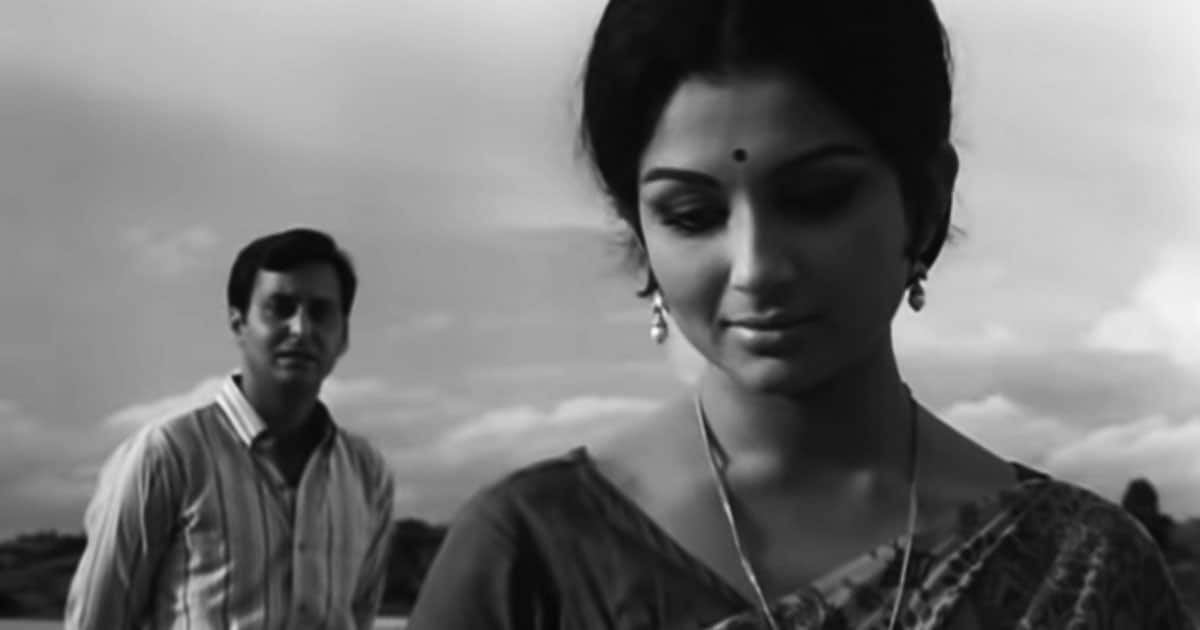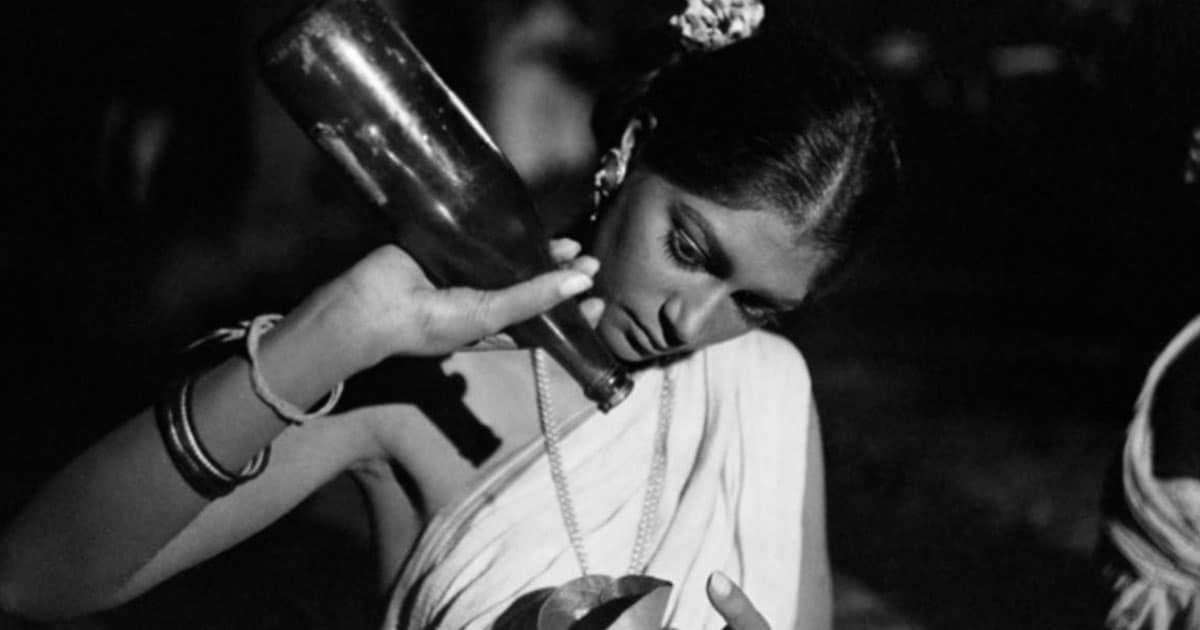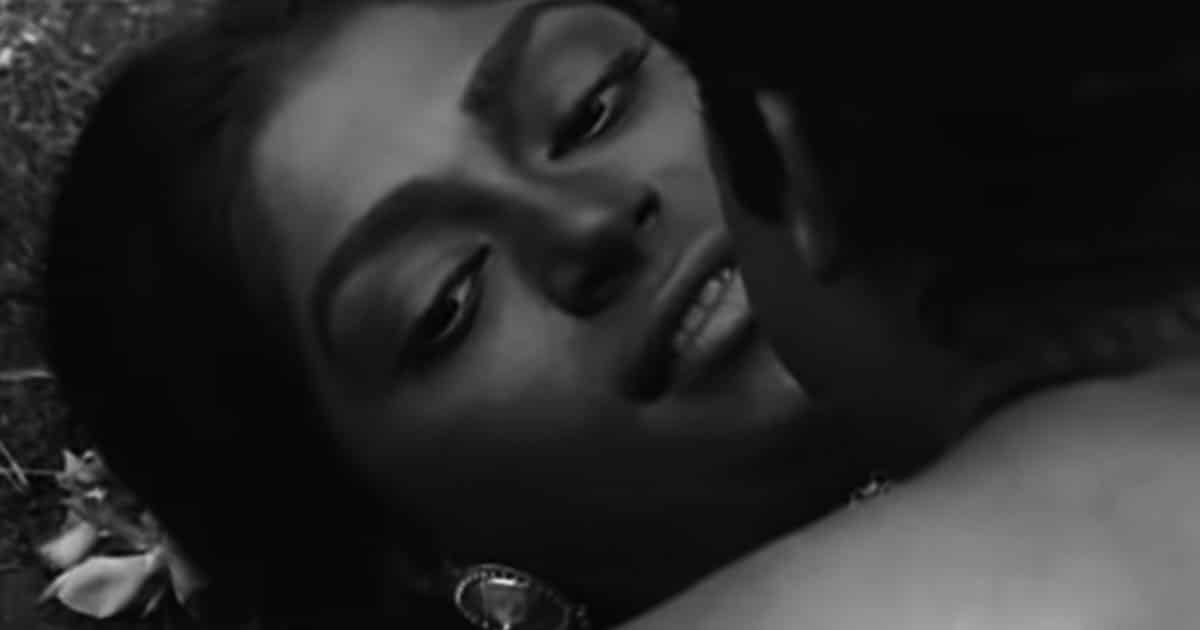A road trip with friends is a must on every millennial’s bucket list. Be it the airy beaches of Goa as shown in ‘Dil Chahta Hai’ or the Spanish countryside in ‘Zindagi Na Milegi Dobara’, movies about the adventures of friends on road trips is pretty much in vogue these days.
However, 50 years earlier, a cinematic mastermind had dared to explore this concept. Not only was he extremely successful in his attempt, but he also layered his story with a hint of urban arrogance and a dash of feminism. Of course, it is none other than the master himself – Satyajit Ray.
Inspired from the novel of the same name by Sunil Gangopadhyay, ‘Aranyer Din Ratri’ (Days and Nights in the Forest) completes 50 glorious years in 2020. Let us look back at this film, which holds a mirror to human nature in the most natural backdrop possible.

A Potpourri of Humane Characters
As a director, Satyajit Ray was not afraid to show his characters as everyday human beings. His characters carry their flaws on their sleeves. The same was the case in this film.
Aranyer Din Ratri revolves around four friends – Asim, Sanjay, Hari, and Shekhar, who go for a road trip to the Palamau forests of Bihar, to escape the mundane city life. The four men, an epitome of urban sophistication are conditioned to look down upon the raw simplicity of rural life. At times the characters are colored by their casual arrogance towards the village lifestyle. This is seen in their treatment towards the poor village chap who runs errands for them and in their indifference towards the caretaker’s sick wife. But in the end, each of them is shown a mirror that shakes up their perspectives.
In contrast to the men, the women in this film are depicted as headstrong and extremely aware of their needs and desires. Their presence is complementary to the male characters. In the 1970s, it was indeed very courageous for Ray to have such strong women leads. The graceful mannerism of Aparna; who defies the Casanova Asim with her wit, the widow Jaya, unapologetic enough to wear her heart on her sleeve for Sanjay; the tribal girl Duli who eases up to a stranger- the women leads have an array of commendable features.
The Raw Magnetism of Rural Life
Ray has been an expert at breaking conventions. Even after all these years, we perceive the village life to be timid and docile in nature compared to the upfront city. But Ray has shunned these notions in Aranyer Din Ratri. His depiction of the village is colored with free will.

This is beautifully shown in the character of Duli, played by the talented Simi Garewal. Duli is a tribal girl whom the four protagonists perceive as a simple but ‘loose’ woman. Such is the attitude of Shekhar who begins to fancy her. She has the liberty of choice and even goes to a country liquor shop to enjoy a drink. But in the end, Shekhar is bowled over by her simple yet undaunted nature more than her exotic beauty.
The Symbolism of the Forest
As the name suggests, the backdrop of the forest in the film is of utter significance. The forest stands a silent witness to the intricacies of human relations shown by Ray. The forest is where the four protagonists go to fool around, after getting drunk on country liquor. The forest is where Shekhar and Duli meet in secret for the final time and discover their longing for each other.

In contrast to the suffocating lanes of the city, the forest of Palamau offers the four men the guts to do as they please. Away from civilization, the forest is the ultimate symbol of free will and liberty as shown in this movie.
The movie completes 50 years, however, it still remains relevant in terms of the style of narration. Of course, cinematography wise also it offers a whole new range of possibilities. But the way in which Ray has captured the intimate moments of the human psyche in Aranyer Din Ratri is truly outstanding.
Have you watched the movie?

